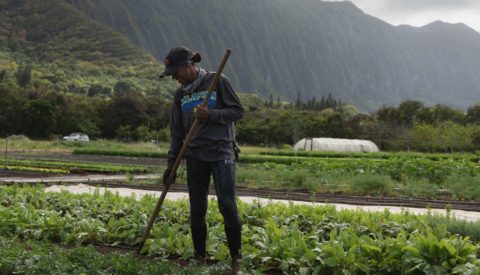Agri-food invests in resiliency as it benefits from the snapback recovery
The long-awaited period of pent-up, exuberant demand is here. And for all the benefits to businesses and consumers, bumps are unavoidable – labor shortages, price inflation, supply chain disruptions, and uncertainty about what a new steady-state economy will look like. They loom large, even as we celebrate a return to normalcy.
The rural economy is rebounding as well. Most of agriculture has been recovering since Q3 2020, but now the manufacturing and energy sectors are too, even as all three face labor and raw material shortages. More economic fuel could be coming in the fall if policy makers can agree to an infrastructure bill that increases investment in rural broadband, water, energy, and transportation infrastructure.
The agri-food supply chain is adapting once again. Reversing the adjustments that rerouted products from food service to grocery channels will take months, and some of the rising costs are now being passed on to consumers. Amidst these near-term complications, businesses are focusing on resiliency before the next black swan event by addressing persistent labor challenges and automation investments.
Click here to read the full report from CoBank Knowledge Exchange
Disclaimer: This material is for informational purposes only and cannot be relied on to replace your own judgment or that of the professionals you work with in assessing the accuracy or relevance of the information to your own operations. Nothing in this material shall constitute a commitment by American AgCredit to lend money or extend credit. This information is provided independent of any lending, other financing or insurance transaction. This material is a compilation of outside sources and the various authors’ opinions. Assumptions have been made for modeling purposes. American AgCredit does not represent that any such assumptions will reflect future events.
This quarterly update is prepared by CoBank’s Knowledge Exchange Division.



